Want to plan a turkey trip? Here is your definitive guide.
The history of turkey hunting and its related conservation efforts in the US date back to the 1800s. When settlers arrived in North America, the wild turkey population was generous and they were a staple food source for the settlers, being hunted all over the East Coast. But by the turn of the 20th century, overhunting and deforestation caused wild turkey populations to decline drastically. By 1920, turkeys were no longer found in 18 of the original 39 states, and they hit a historic low of less than 30,000 by the 1930s.
To turn things around, states began implementing hunting regulations, and the funds from hunting license fees supported both enforcement of seasons and regulations and the biological staff to manage populations. Today, thanks in large part to the National Wild Turkey Federation (NWTF) we have over seven million wild turkeys, but we are still witnessing declines in some states.
With that said, there are still lots of birds to go after in many places across the country, we put together this list to highlight the best turkey hunting states for each subspecies with on-the-ground support from our onX Ambassadors who pursue longbeards with fervor.
Select a Subspecies by Region
In this blog, we cover 30 states across the U.S. to help you plan your spring turkey hunts. From Alabama to Oregon, all six subspecies, including Gould’s and hybrids, are profiled to help you weigh all the turkey hunting options that are available. Click on a region below to view that subspecies, or find our full list of best turkey hunting states further down.
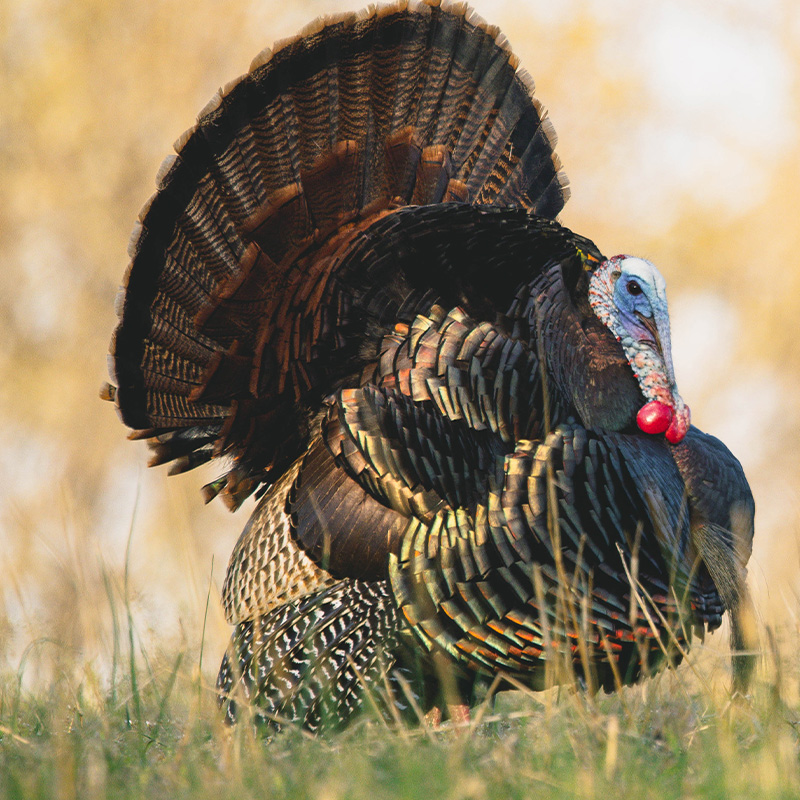
Eastern
The Eastern subspecies of wild turkey is the largest, most widespread of all the turkeys found in North America. Toms can measure up to four feet tall at the top of their fanned tails and weigh up to 30 pounds.
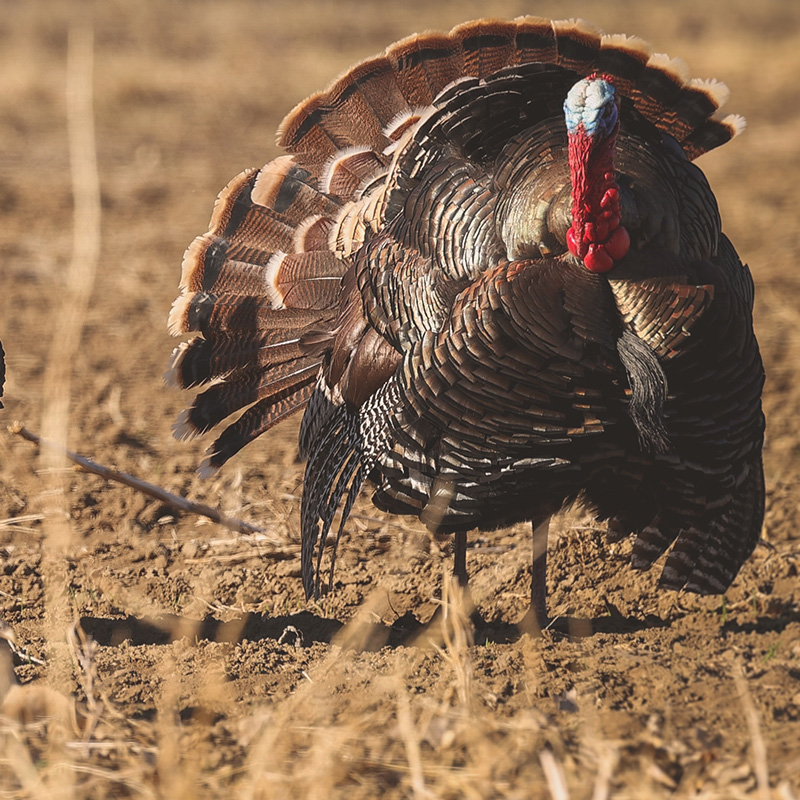
Rio Grande
The Rio Grande wild turkeys are primarily found in the desert regions of Texas, Oklahoma, and Kansas. Some have been transplanted to California, Oregon, and Hawaii.
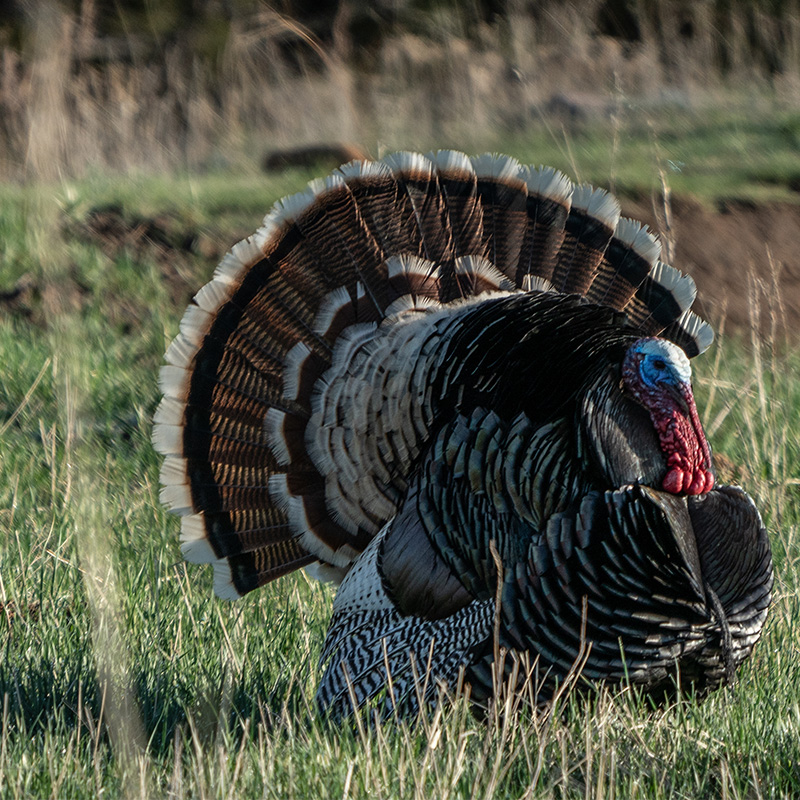
Merriam’s
Making its home in mountainous western states, the Merriam’s subspecies of the wild turkey is easy to distinguish with its white-tipped tail feathers. It can grow to be nearly as tall as the eastern, up to four feet, but toms don’t get quite as big, weighing in around 20-25 pounds on average. The Merriam’s tends to have the weakest gobble, shortest beard, and is the least weary of the turkeys.
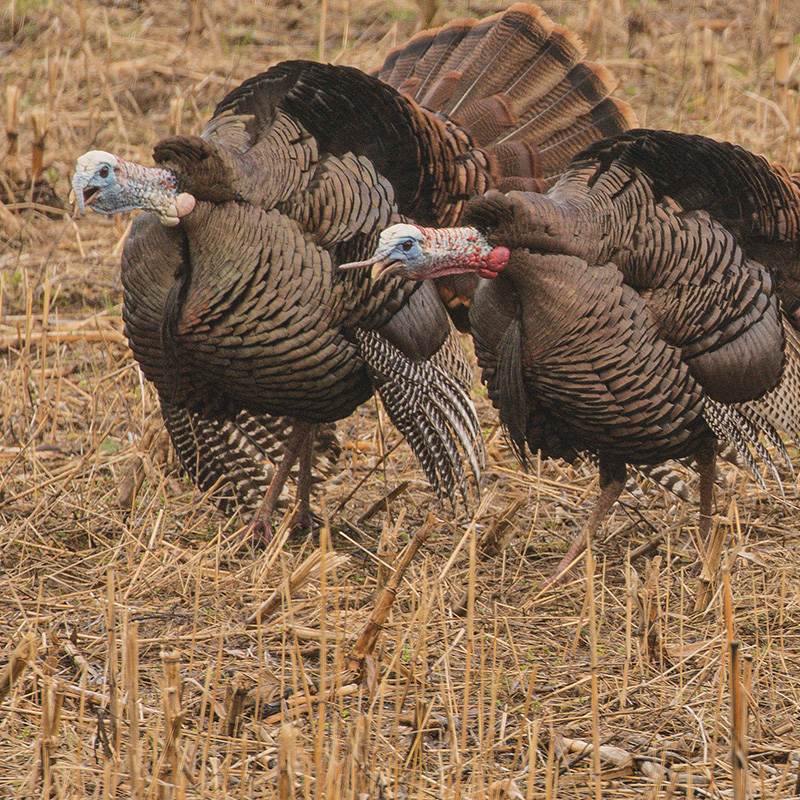
Hybrid
The hybrid wild turkey occurs when two other subspecies (i.e. eastern, Merriam’s, Rio Grande, etc.) interbreed. The most common place to find hybrids is where two or more home ranges for different turkeys intersect. As noted below, Kansas and Nebraska are states home to multiple subspecies, so it is natural for there to be a notable population of hybrids as well. Hybrids are not written about or studied as much compared to the five main subspecies, but their numbers are increasing so why not understand them better so you can hunt them better.
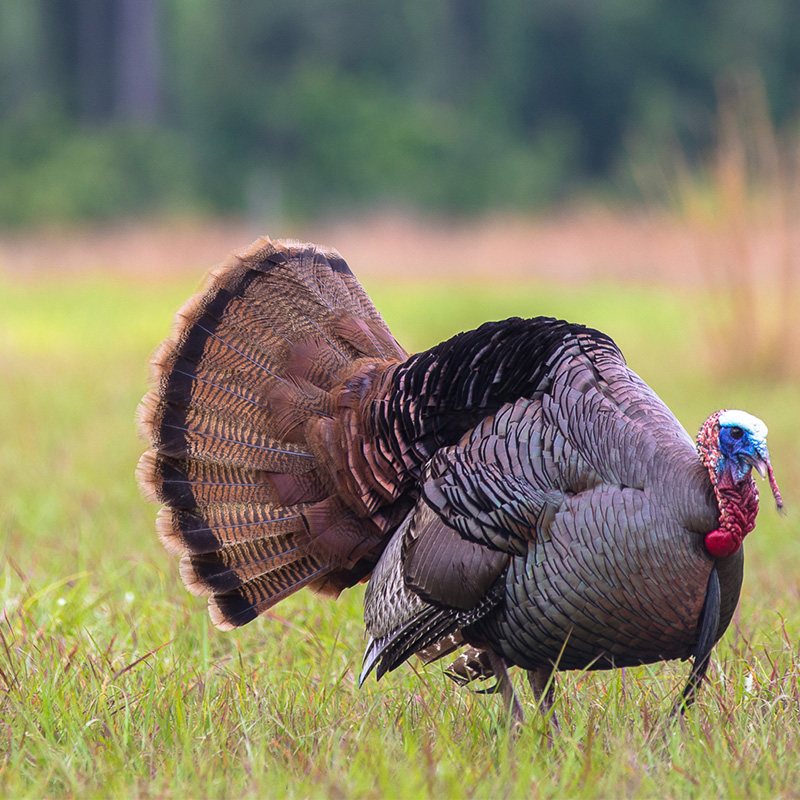
Osceola
The Osceola makes its home in one place: Florida. This turkey subspecies is the most aggressive and the longest-spurred of all North American turkey. Though similar in appearance to eastern, the Osceola wild turkey (named after the famous Seminole chief) is smaller and darker colored.
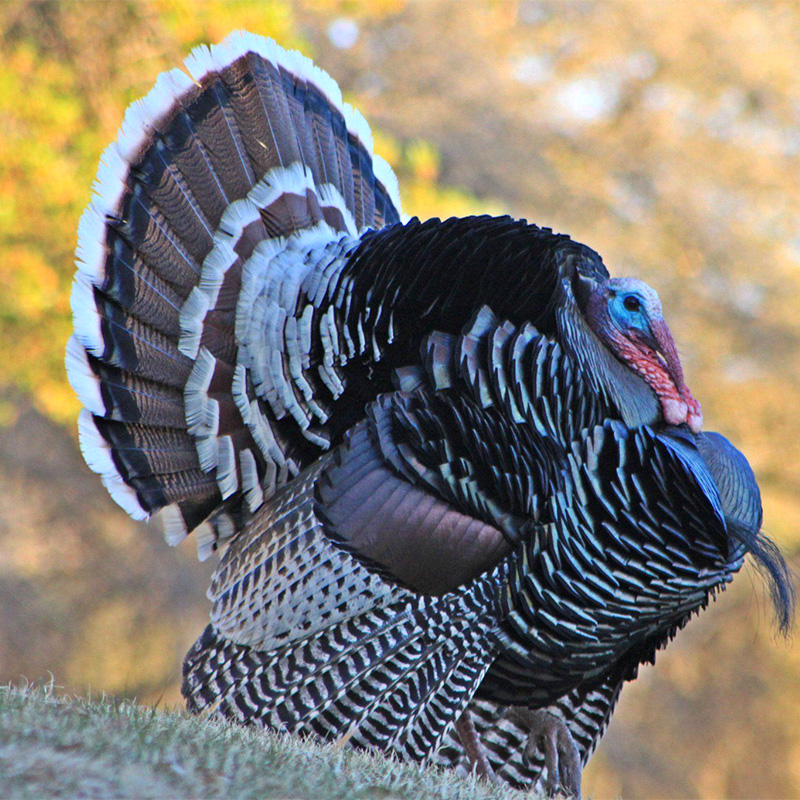
Gould’s
The Gould’s wild turkey has a very limited range and has been the least studied of all the North American turkeys. Appearing in parts of Arizona and New Mexico (but primarily living in Mexico), the Gould’s is a large subspecies, nearly as big as the eastern.